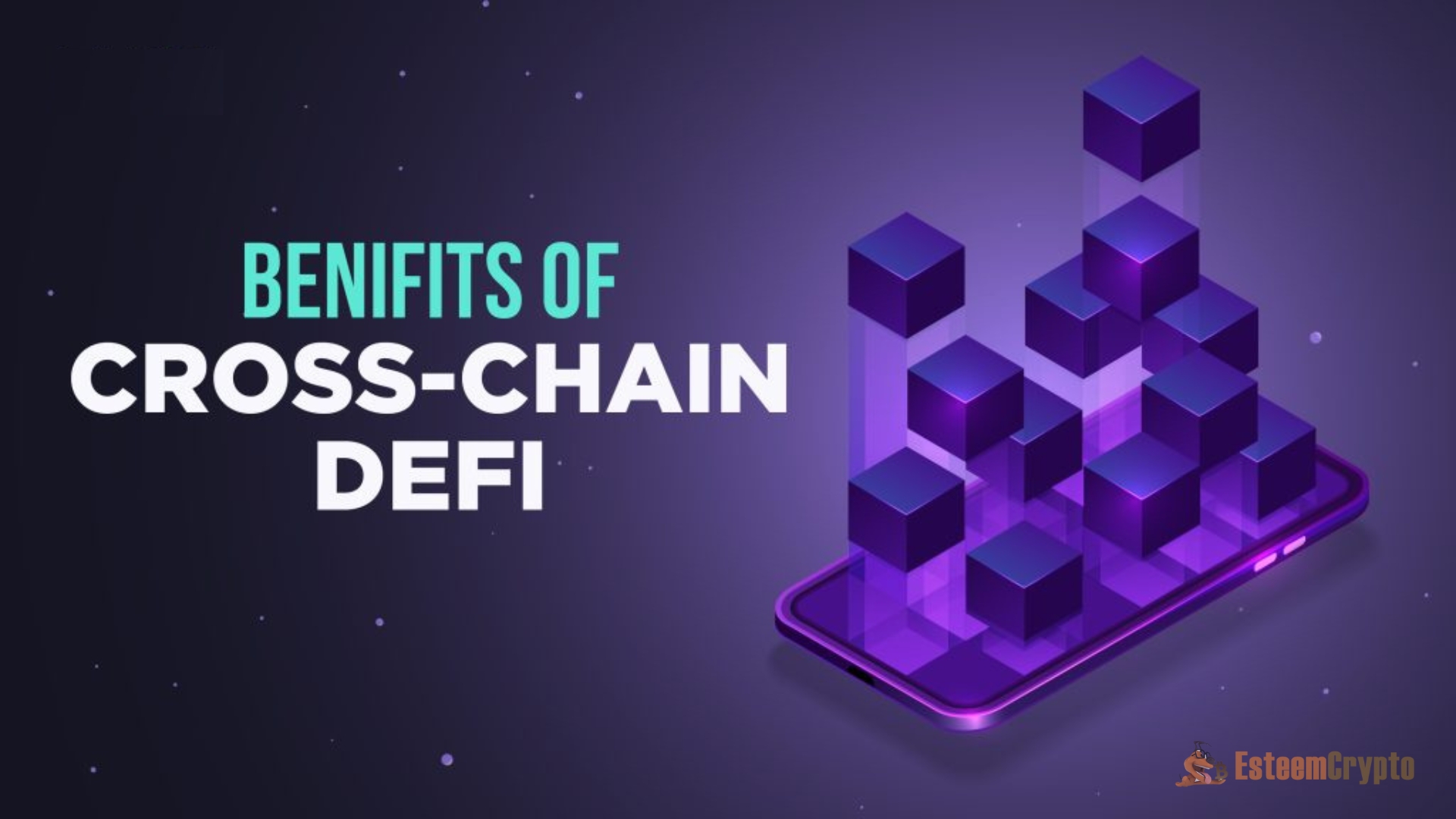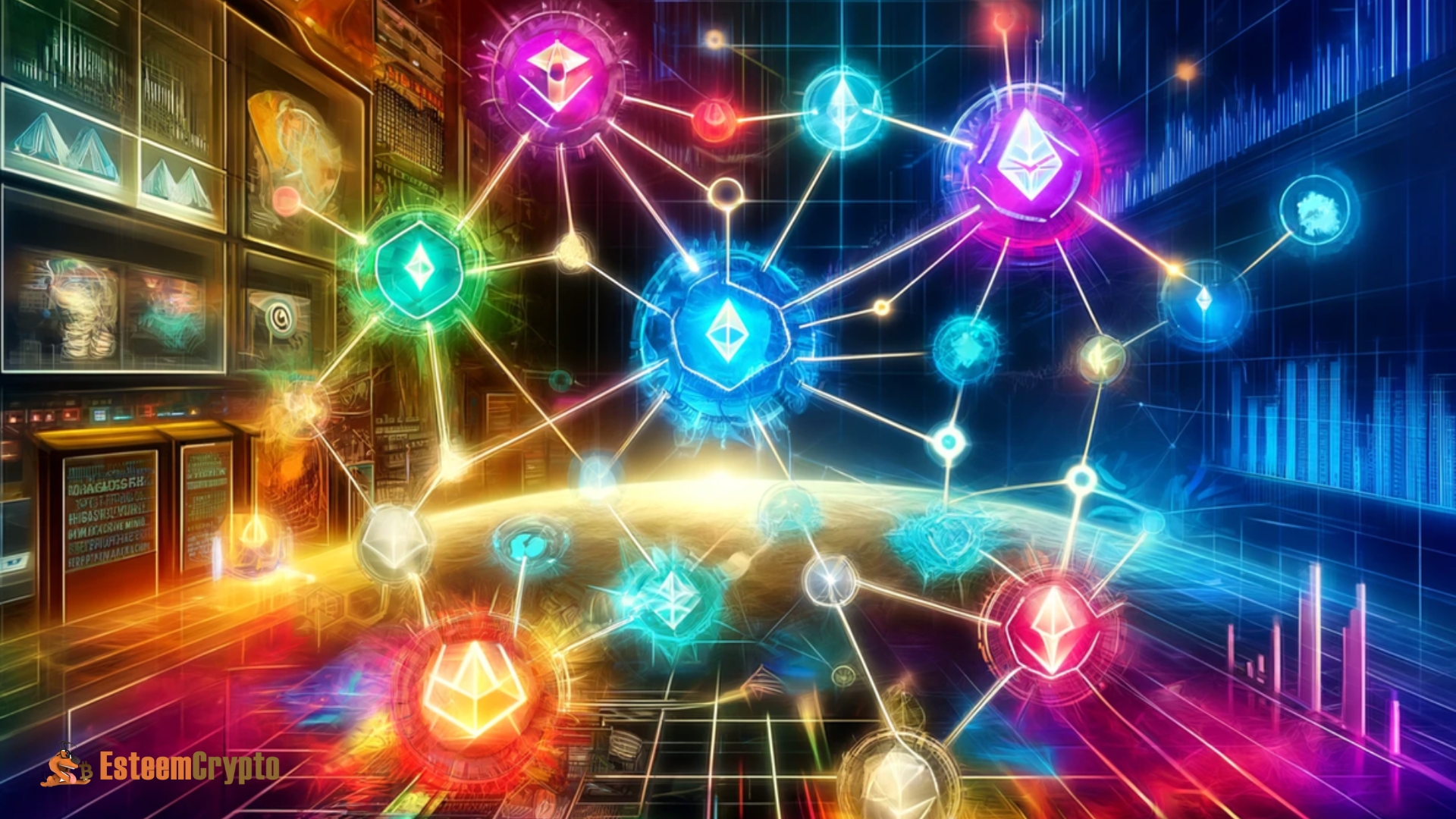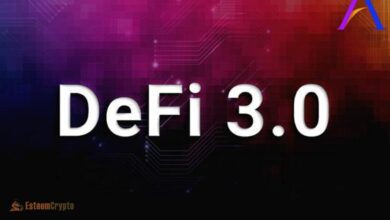Cross-Chain DeFi: Shaping the Future of Decentralized Finance

Cross-Chain DeFi: Decentralized finance (DeFi) has quickly become a game-changer in blockchain technology and cryptocurrencies. DeFi platforms, which offer permissionless, decentralized financial services such as lending, borrowing, trading, and yield farming, have completely transformed the way individuals engage with financial products. The future of DeFi, however, is interoperability, primarily through cross-chain technology, which is becoming more apparent as the ecosystem grows.
The Current Landscape of DeFi
Most DeFi applications today are built on the Ethereum blockchain, the first to introduce smart contracts and remains the most widely used platform for DeFi. However, Ethereum’s popularity has also led to significant challenges, including high gas fees, network congestion, and scalability issues. These problems have spurred the development of other blockchain platforms, such as Binance Smart Chain (BSC), Solana, Polkadot, and Avalanche, each offering their own DeFi ecosystems with varying success.
Despite the growth of these platforms, most DeFi protocols remain siloed within their respective blockchains. This lack of interoperability limits DeFi’s potential, as users cannot easily move assets or data between different networks. Cross-chain DeFi aims to solve this problem by enabling seamless interaction between different blockchains, thus unlocking the full potential of decentralized finance.
What is Cross-Chain DeFi?
Cross-chain DeFi refers to decentralized finance protocols and applications that can operate across multiple blockchain networks. Instead of being confined to a single blockchain, cross-chain DeFi allows users to access liquidity, assets, and services from various blockchains, enhancing the flexibility and usability of DeFi products.
This is achieved through several methods, including:
- Bridges: Cross-chain bridges enable the transfer of assets between different blockchains. For instance, users can move tokens from Ethereum to Binance Smart Chain using a bridge, allowing them to take advantage of lower fees or different DeFi products on BSC.
- Interoperable Smart Contracts: These smart contracts can interact with other smart contracts on blockchains. Platforms like Polkadot and Cosmos are pioneering this approach by creating ecosystems where multiple blockchains can communicate and transact.
- Wrapped Assets: Wrapped assets are tokens that represent assets from another blockchain. For example, Wrapped Bitcoin (WBTC) on Ethereum represents Bitcoin but can be used within the Ethereum ecosystem. This allows users to leverage Bitcoin’s value within Ethereum-based DeFi platforms.
- Oracles and Relays: Oracles fetch real-world data for blockchains, while relays facilitate communication between blockchains. Together, they ensure that cross-chain transactions are secure and accurate.
The Benefits of Cross-Chain DeFi
Cross-chain DeFi offers several key advantages that address many of the current limitations of single-chain DeFi ecosystems:
Increased Liquidity
One of the most significant benefits of cross-chain DeFi is the increase in liquidity. By enabling assets to move freely between different blockchains, cross-chain DeFi protocols can aggregate liquidity from multiple sources. This improves market efficiency and reduces users’ slippage and trading costs.
Lower Transaction Costs
High gas fees on Ethereum have been a significant pain point for DeFi users. Cross-chain DeFi allows users to access DeFi services on blockchains with lower transaction costs, such as Binance Smart Chain or Solana, without sacrificing the benefits of Ethereum’s robust ecosystem.
Enhanced Security and Risk Management
Cross-chain DeFi can enhance security by distributing risk across multiple blockchains. If one network experiences a security breach or downtime, users can still access their assets and services on other blockchains. Various chains can also allow for more sophisticated risk management strategies, such as diversified yield farming or collateralization across different platforms.
Expanded DeFi Use Cases
By enabling interoperability, cross-chain DeFi opens up new possibilities for innovative financial products. For example, users could combine the strengths of different blockchains to create hybrid financial instruments, such as a decentralized exchange that leverages Solana’s speed, Ethereum’s smart contracts, and Polkadot’s interoperability.
Greater User Adoption
The complexity and limitations of single-chain DeFi have been barriers to mainstream adoption. Cross-chain DeFi simplifies the user experience by providing seamless access to a broader range of assets and services. This could significantly increase the number of users participating in the DeFi ecosystem.
Challenges and Risks
While cross-chain DeFi holds immense promise, it is not without its challenges and risks. The most significant concerns include:
Security Vulnerabilities
Cross-chain bridges and interoperability protocols are still relatively new and have been the target of several high-profile hacks. Ensuring the security of cross-chain transactions is paramount, as a breach could result in significant losses for users and damage the credibility of cross-chain DeFi.
Complexity and Usability
The technical complexity of cross-chain interactions can be daunting for users, particularly those not well-versed in blockchain technology. Simplifying the user experience while maintaining security and functionality is a critical challenge for cross-chain DeFi developers.
Regulatory Uncertainty
As with all aspects of DeFi, cross-chain protocols operate in a regulatory gray area. The lack of clear regulations around cross-chain transactions could lead to legal challenges or restrictions in certain jurisdictions. DeFi developers must navigate these regulatory uncertainties while continuing to innovate.
Fragmentation
While cross-chain technology aims to unify the DeFi ecosystem, there is a risk of fragmentation if different blockchains adopt incompatible standards or protocols. Ensuring interoperability between all blockchains, not just a select few, is essential to realizing the full potential of cross-chain DeFi.
The Future of Cross-Chain DeFi
The future of decentralized finance is undoubtedly cross-chain. As more blockchain networks develop their own DeFi ecosystems, the demand for interoperability will only increase. Projects like Polkadot, Cosmos, and ThorChain are leading the charge in creating cross-chain DeFi solutions, but the space is still in its early stages.
In the coming years, we can expect significant advancements in cross-chain technology, including improved security measures, more user-friendly interfaces, and new cross-chain financial products. As these innovations take hold, Cross-chain DeFi will become the standard for decentralized finance, enabling a truly global, decentralized, and accessible financial system.
In conclusion, cross-chain DeFi represents the next frontier in the evolution of decentralized finance. By breaking down the barriers between different blockchains, cross-chain DeFi has the potential to create a more interconnected, efficient, and inclusive financial ecosystem. While challenges remain, the continued development and adoption of cross-chain technologies will undoubtedly shape the future of finance in the decentralized world.




